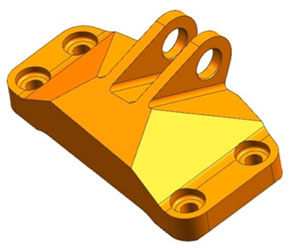Holy Clayton Christensen! Another wave of “disruptive innovation” is on its way, and this time the Internet of Things is responsible!
I’m confident that the IoT is going to bring about radical change throughout a wide range (if not all…) of vertical markets in the near future, through new realities such as giving everyone who needs it access to real-time information or by making preventive maintenance simple through real-time data from products such as jet turbines (General Electric is, again, a leader…).
However, for concrete evidence of how the IoT will change things, perhaps the best industry to look at is auto insurance, where the IoT is facilitating a fundamental shift in marketing, from the prior practice of basing premiums on proxy indicators such as a student’s grades or a person’s credit rating (leading to the heinous — and expensive — crime of “driving while poor,” LOL).
Instead, what is emerging worldwide (especially in Europe) is “usage-based insurance” (UBI), where the rates are based not on guestimates, but the driver’s actual behavior!
Insurance & Technology reports that the transition will only accelerate in the future.
“‘In five or ten years, all insurers will have dynamic driving data, so all will be able to offer discounts,’ says George Ayres, vice president of global sales for Verizon Telematics. ‘There will be no more asymmetry in terms of what they know about customers, so price alone won’t be as effective [for acquiring and retaining customers]. …The insurers who are out front on this idea are realizing [that soon] all will [have to] start to provide much wider breadth of services to keep those captured through price.’
“These services can be as simple as sending additional driving data to the driver’s smartphone, or as complex as auto insurance bundled with a customer relationship solution that sends alerts for scheduled maintenance.”
What a transformation!
Smart business leaders will start paying close attention to the features of the Internet of Things, and begin planning now on how to get ahead of the curve on making certain they are the beneficiaries of disruptive innovation — not the victims!



